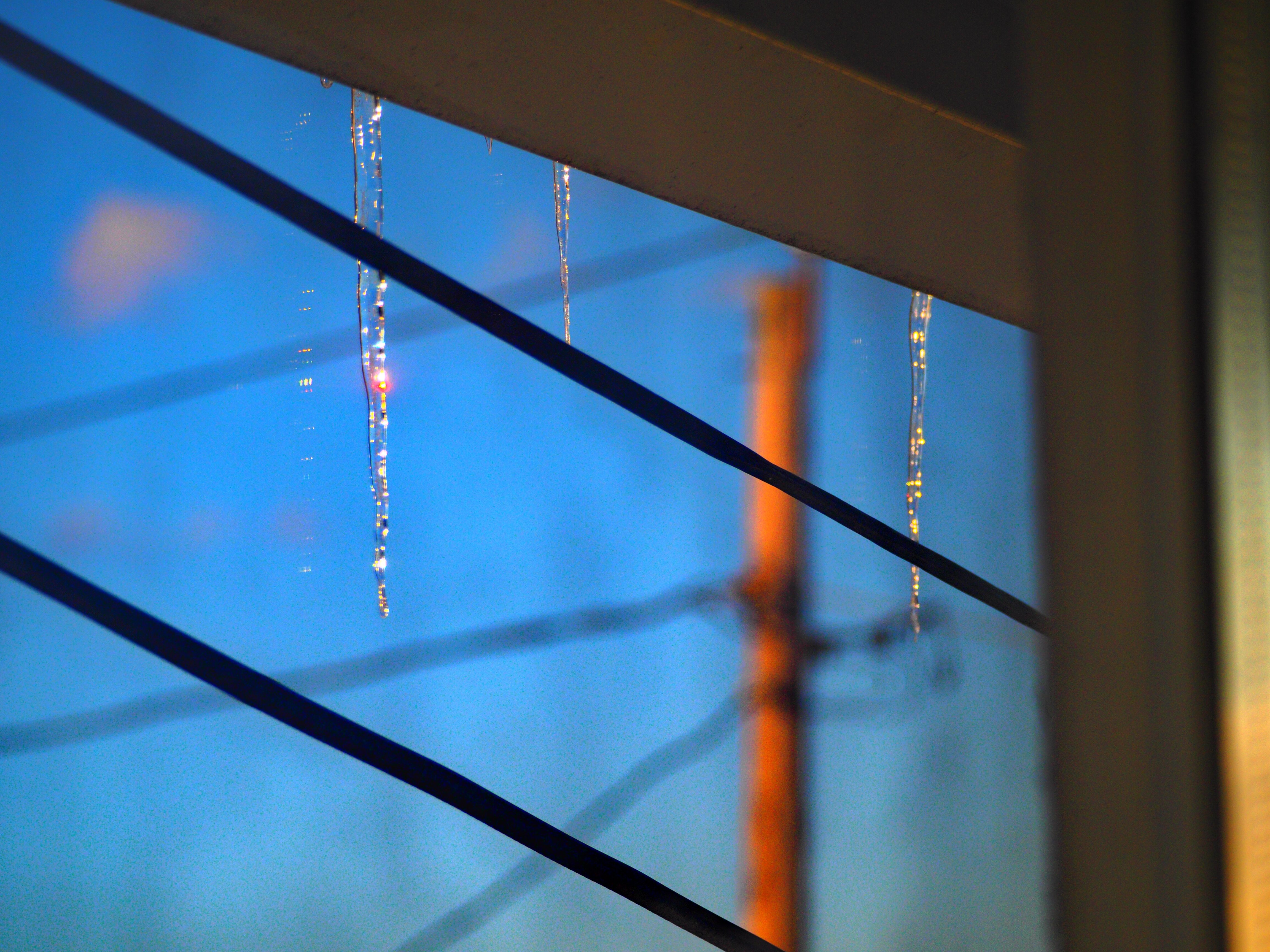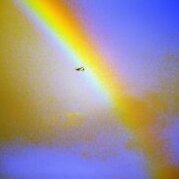-
Posts
44,789 -
Joined
Content Type
Profiles
Blogs
Forums
American Weather
Media Demo
Store
Gallery
Everything posted by LibertyBell
-
Good lord lol, I'm glad I have a space heater in my bedroom. I guess I'm picky, sometimes I go from having my ceiling fan and sometimes even air conditioning on during the day and the heater on at night.
-
I think May 2020 was the last time we had a frost or freeze threat in May, nothing even remotely close to that is coming up. Upper 40s are meh.
-
It's shocking how cold some of those 80s winters were nearby. Central Park may not have hit -10 or colder since 1934 but Newark and even Philly either hit -10 or came close during the early 80s. Off the top of my head, Christmas 1980 was one of those days and even had snow with temperatures near 0. January 1982 also had that and a blizzard in April with temperatures in the upper teens! 1983-84 was also extremely cold with a la nina that came after the big el nino. January 1985 had a historic arctic outbreak with lows below 0 and highs only in the single digits here. Even 1982-83 with the big el nino had a historic 20"+ snowstorm in February and the latest snowfall on record at JFK on April 19th.
-
My ideal weather is 70 with sun, 50s is still heater weather for me lol. 60s are okay as long as the sun is out and it's not windy.
-
wow I'm shocked 2010-11 and 2013-14 aren't on the coldest list, as they were pretty cold too. 2014-15 I understand because December to mid January was mild. 1995-96 had that three week thaw in January. 2002-03 was cold but more snowy than cold. Going back to the 80s, I would have thought 1981-82 should be on there as it was an extremely cold winter that lasted into April!
-
as long as the sun is out it will hit 70 here for Memorial Day. The cold weather will come this week with the rain and be out of here by the weekend.
-
well I guess they're too busy eating sunflower seeds
-
it would have been an even colder year if that record high waited just one more day!
-
November 1950 had that historic triple phaser, I think it was most powerful triple phaser of them all (stronger than January 1977 or March 1993), anyone have a list of all the triple phasers that have affected the CONUS? (I know the Canadian Maritimes have many more of them and even stronger ones like the one that hit Nova Scotia in January 2004.)
-
wild was 1874-75 your coldest on record? April 1875 was historically cold and snowy here, like January in April lol.
-
How did you do in 1947-48, it was NYC's snowiest winter on record and had the longest duration snowcover until 1995-96 and 2010-11 came along.
-
Lows;EWR: 39 (2002)NYC: 38 (1976)LGA: 43 (1976)JFK: 42 (2002) Tony did you notice this too? It can't be a coincidence, obviously the same pattern repeated almost exactly in 1976 and 2002. Record heat on the same dates in April followed by record cold on the same date in May !! Obviously 2002 had a much hotter summer, but April and May were clones of each other in 1976 and 2002 !!
-
Records:Highs:EWR: 98 (1962)NYC: 99 (1962)LGA: 96 (2017)JFK: 92 (2017)Lows;EWR: 39 (2002)NYC: 38 (1976)LGA: 43 (1976)JFK: 42 (2002) The extremes here are absolutely wild from nearly 100 to the 30s. What's ironic about 2002 is we had a historic heatwave (matching 1976) in April and then this historic cold and then a hot summer right after this. Looks like 1976 and 2002 were alike in the historic cold after historic heat but the summers were completely different!
-
1962: A heat wave gripped the East Coast with high temperatures reaching 99° at New York City, 98° at Baltimore, MD and 96° at Philadelphia, PA (all either broke or tied records for the month of May.). Other daily records included: Greenville-Spartanburg, SC: 99°, Newark, NJ: 98°, Concord, NH: 97°, Allentown, PA: 97°, Richmond, VA: 97°, Athens, GA: 97°, Columbus, GA: 97°, Philadelphia, PA: 96°, Atlantic City, NJ: 96°, Roanoke, VA: 96°, LaGuardia, NY: 95°, Harrisburg, PA: 95°, Wilmington, DE: 95°, Charlotte, NC: 95°, Raleigh, NC: 95°, Nashville, TN: 95°, Hartford, CT: 94°, Lynchburg, VA: 93 °F. so close to getting our earliest 100 degree reading in May 1962!
-
I like the warmer Septembers and Octobers because I don't want to turn my heat on until November.
-
1969-05-31 99 wild I didn't know JFK came so close to hitting 100 on the last day in May 1969, the 1960s were some period for extremes lol.
-
but the wind has mainly been offshore this spring, no? why are the temps capped in the low 80s? Central Park hasn't hit 100 in a long time too-- I think the last time was 2013 or was it 2012?
-
September is basically an extension of summer now.
-
and last night and today are extremely windy, something no one predicted!
-
a lot of people go to the beach just to sit in the sand.
-
Maybe the extremely cold and stormy 1993-94 winter was a holdover from Pinatubo?
-
So even other legendary cold months like January 2004 and January 1994 don't compare to what we had in February 1979?
-
Besides 1977-78 weren't those other winters very dry?
-
WW2 was legendary for its brutal winters (similar to WW1 in that respect). The 1940s were the last time NYC reached a temperature lower than -2 (it was -6 in February 1943).
-
I was wondering why Pinatubo didn't give us the crazy cold that was predicted. Maybe volcanoes influence summer weather more than winter winter? 1992 did have a very cool summer.



